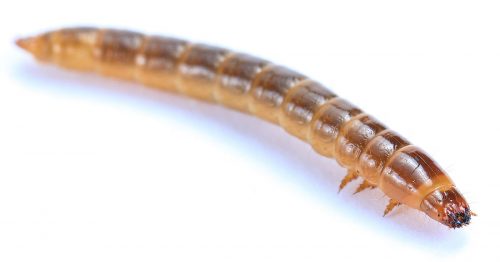Wireworms are the larvae of click beet
Wireworm (Agriotes spp.). Wireworms are the larvae of click beetles (Elateridae), a species of beet
Wireworms live on dead plant material as well as fleshy roots and stems. The young plants of lettuce, cabbage, chicory, (sugar) beets and corn, among others, wilt due to infestation by wireworms. Wireworms bore holes in potatoes and carrots.
Where to find
- Potato
- Carrot
- Lettuce
- Cabbages
- Sweetcorn
- Belgian endive
Control
Lure the wireworms with half hollowed out potatoes. Spread some over the infested plot: two half potatoes per meter. Check the catch every other day. A pair of chickens released on the affected plot caught many wireworms (and leatherjackets). Use a movable chicken coop if necessary.
Sprinkling with pyrethrum is also possible.
Prevention
The natural enemies of the wireworm are shrews, toads, moles, hedgehogs, predatory flies, ground beet
Because the wireworm lays its eggs in late spring on weeds, among other things, keeping the (vegetable) garden free of weeds helps prevent nuisance from wireworms.

